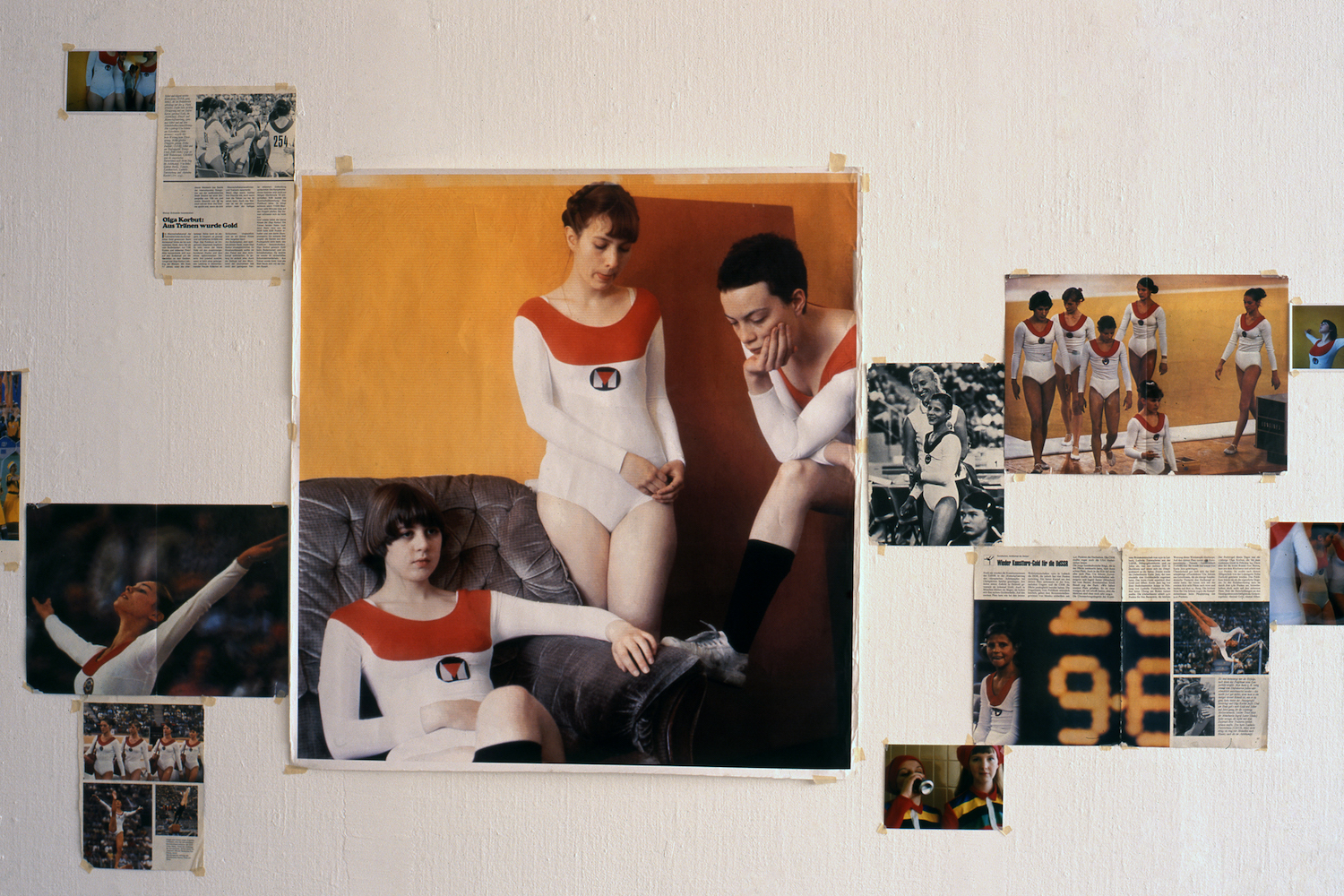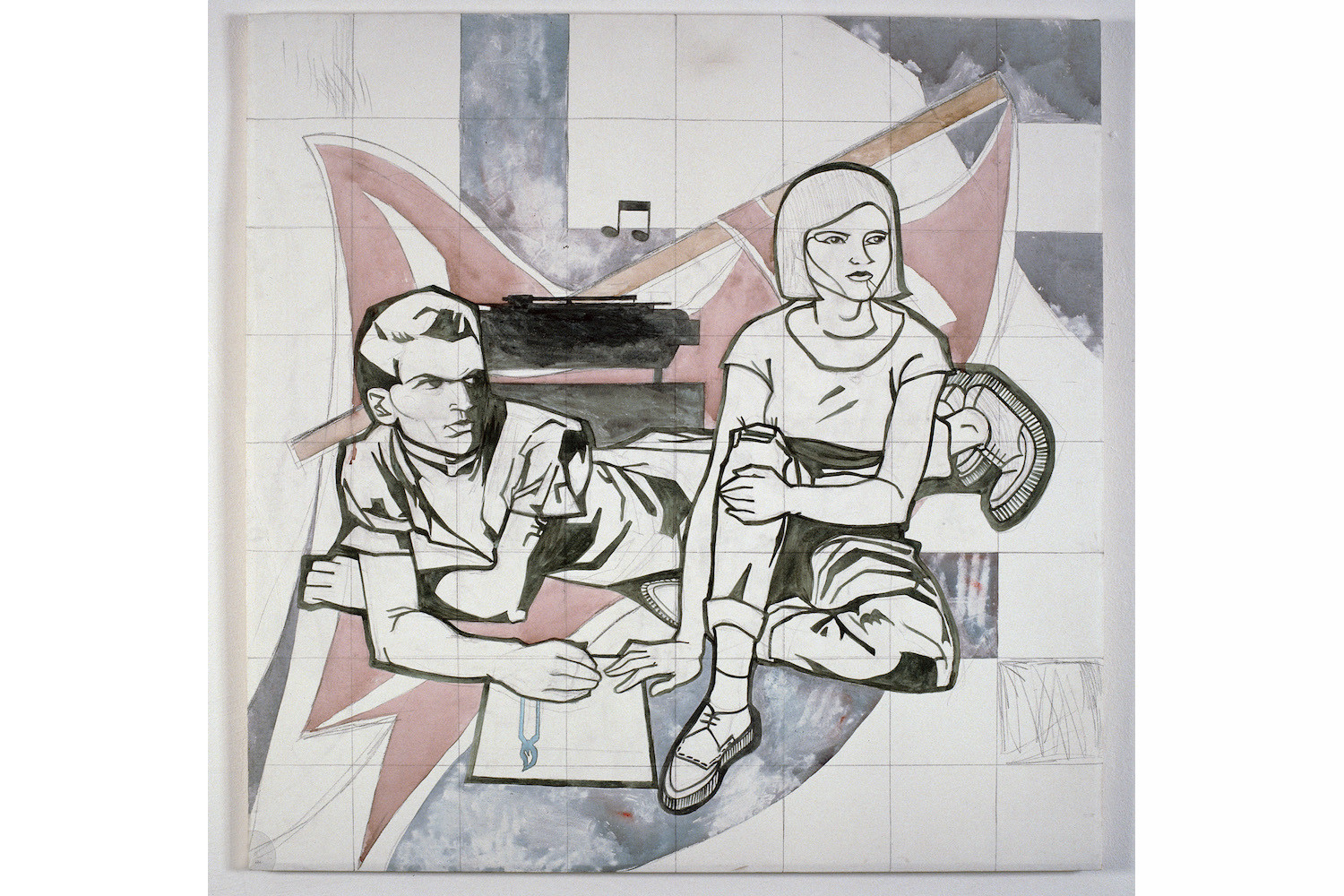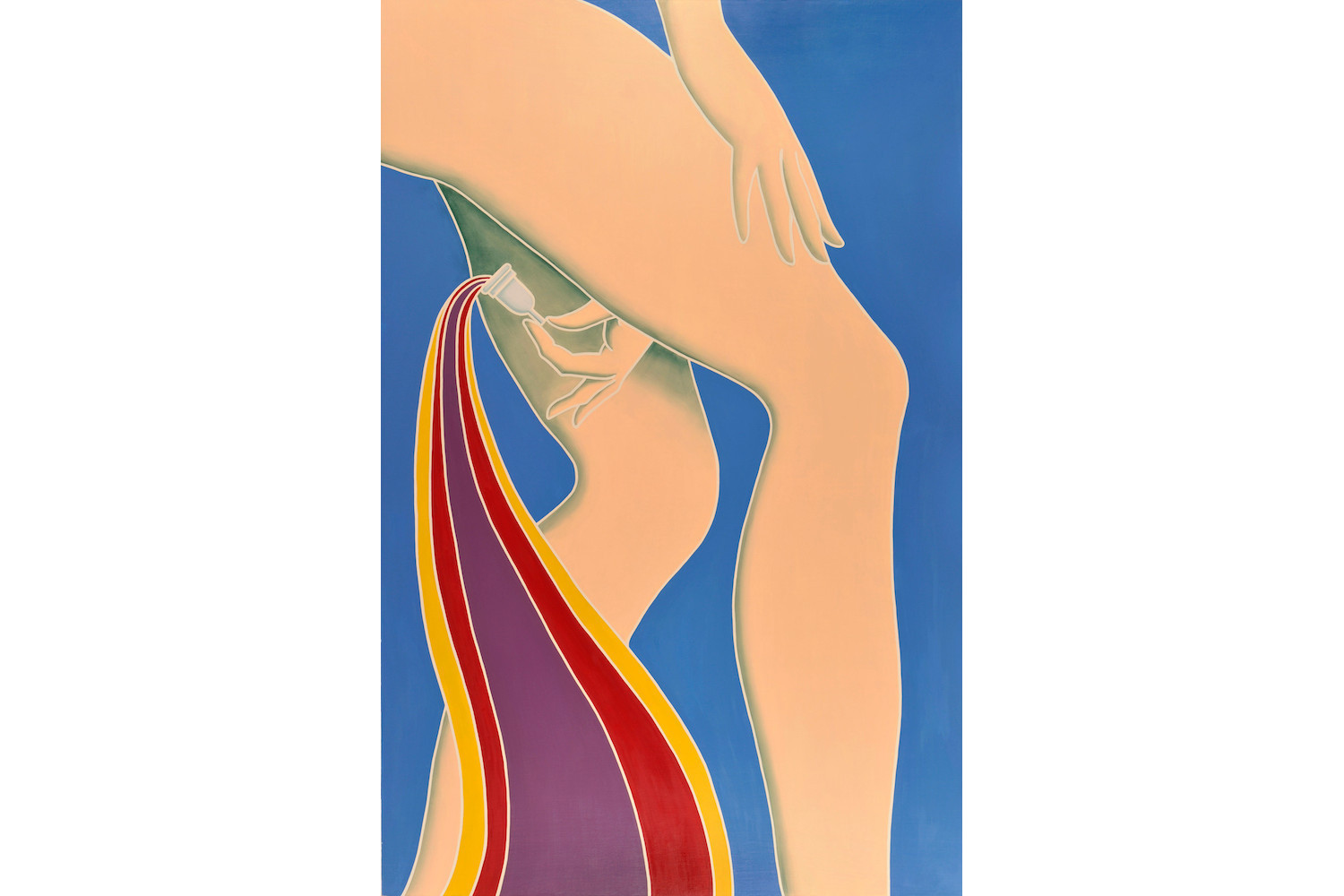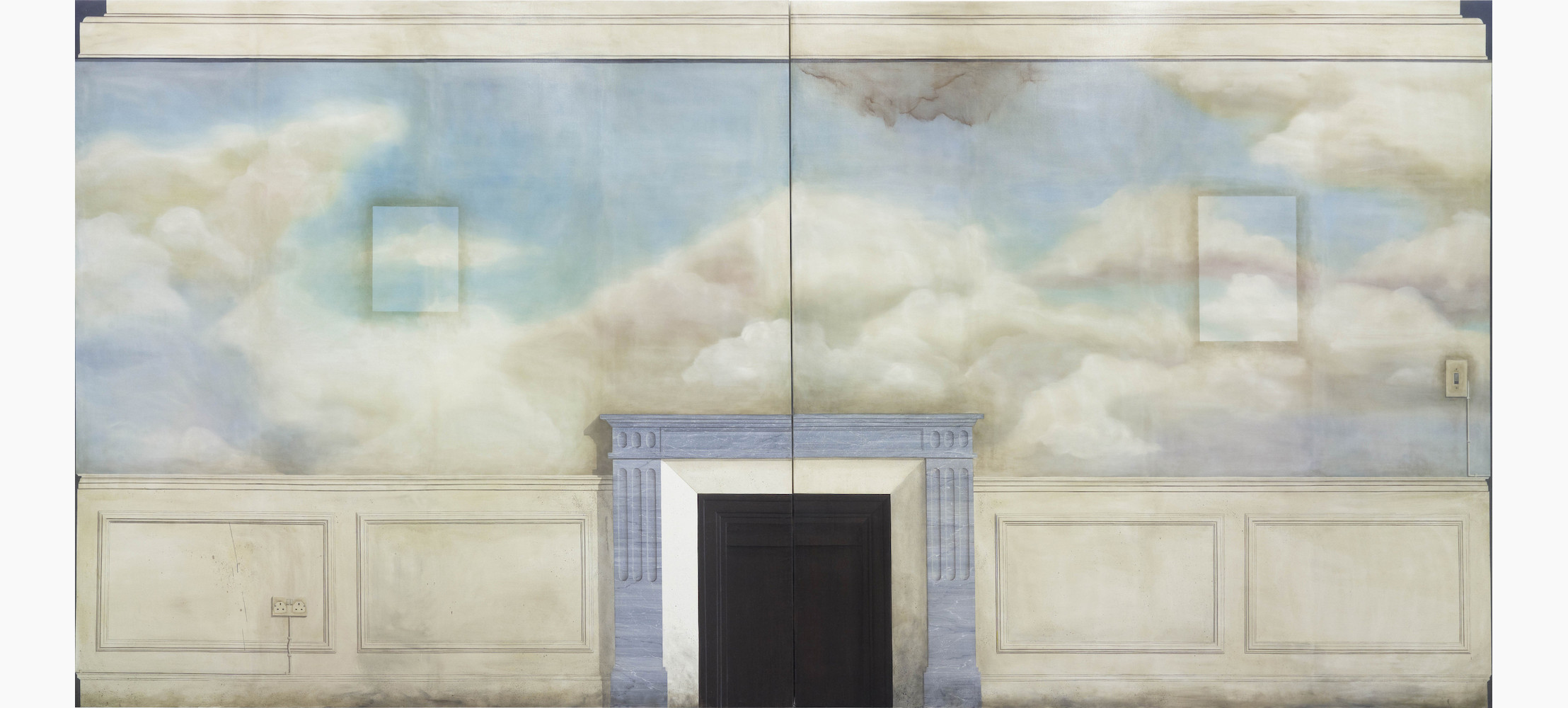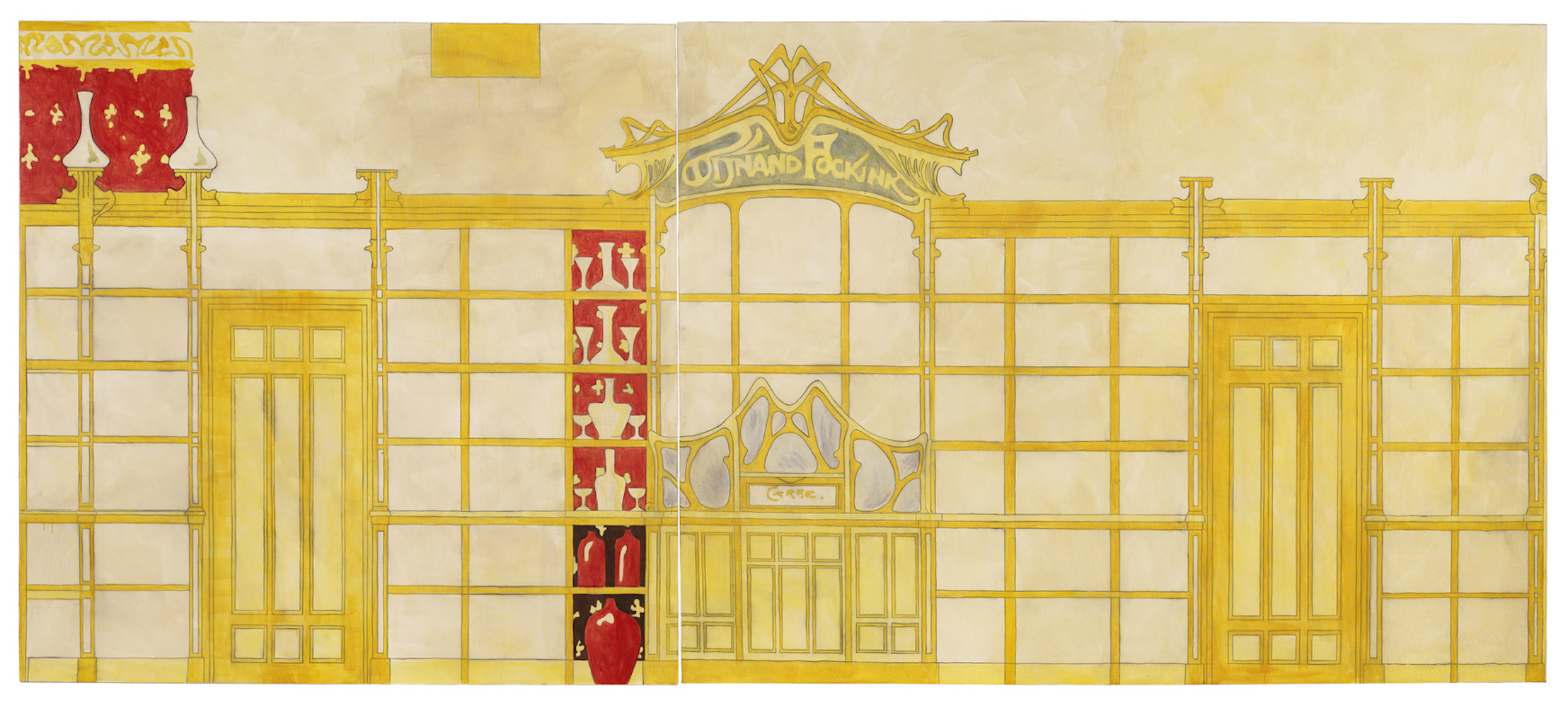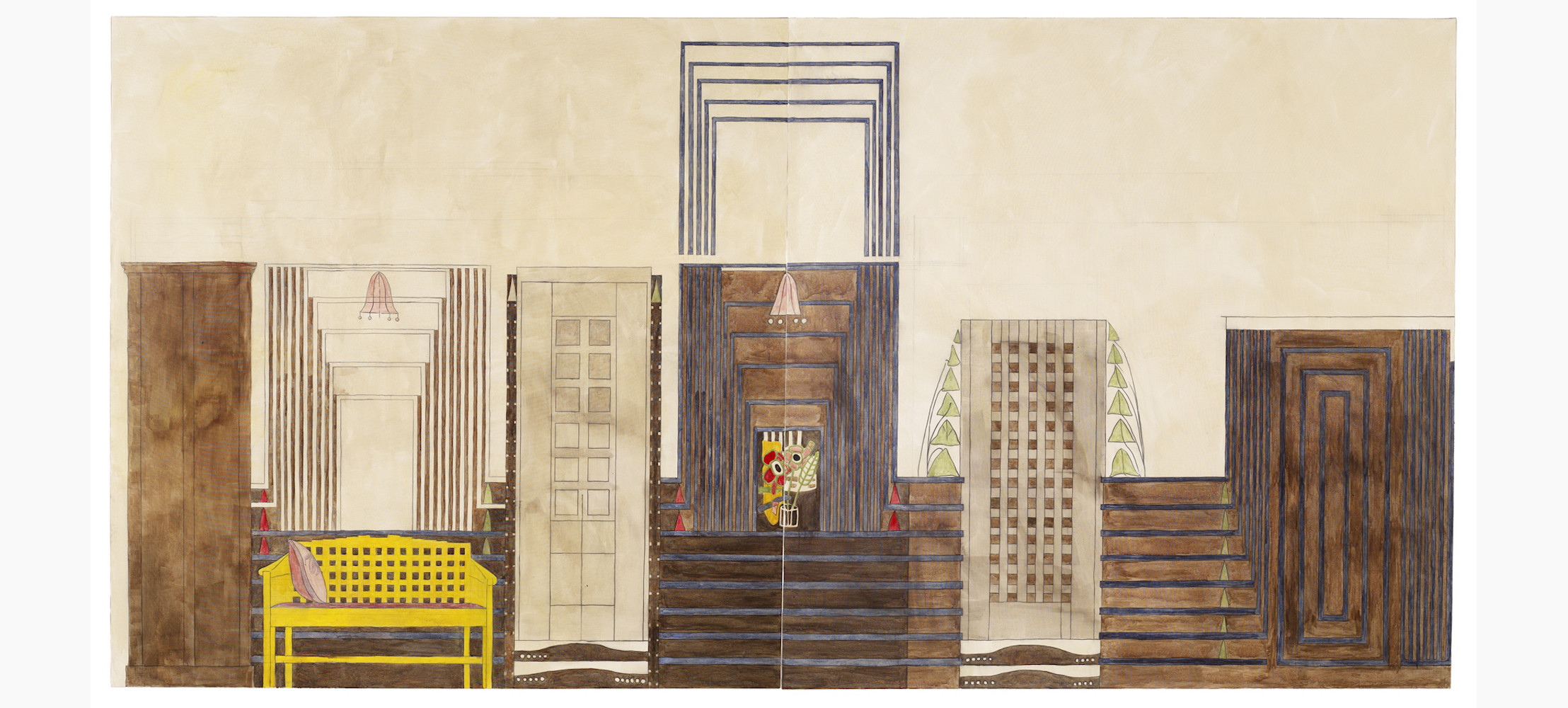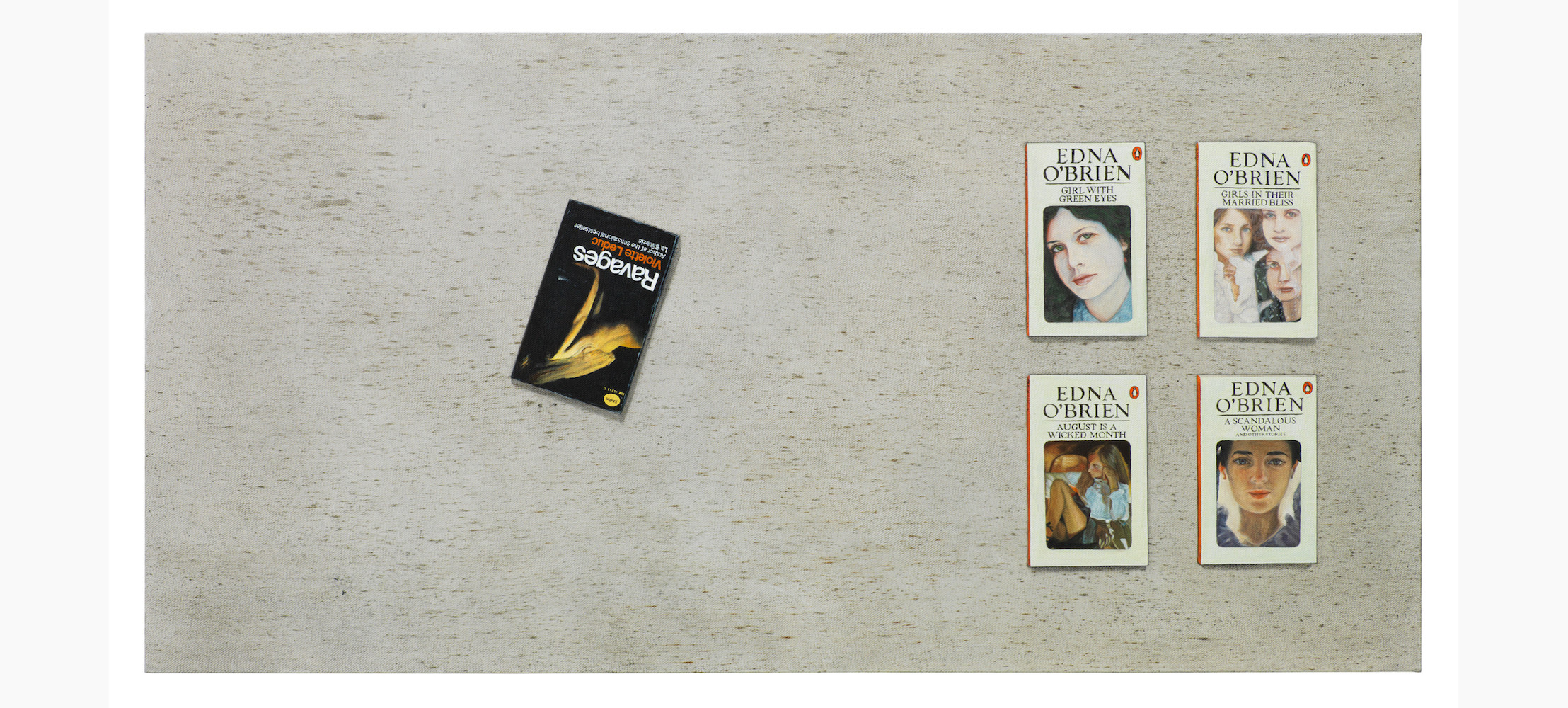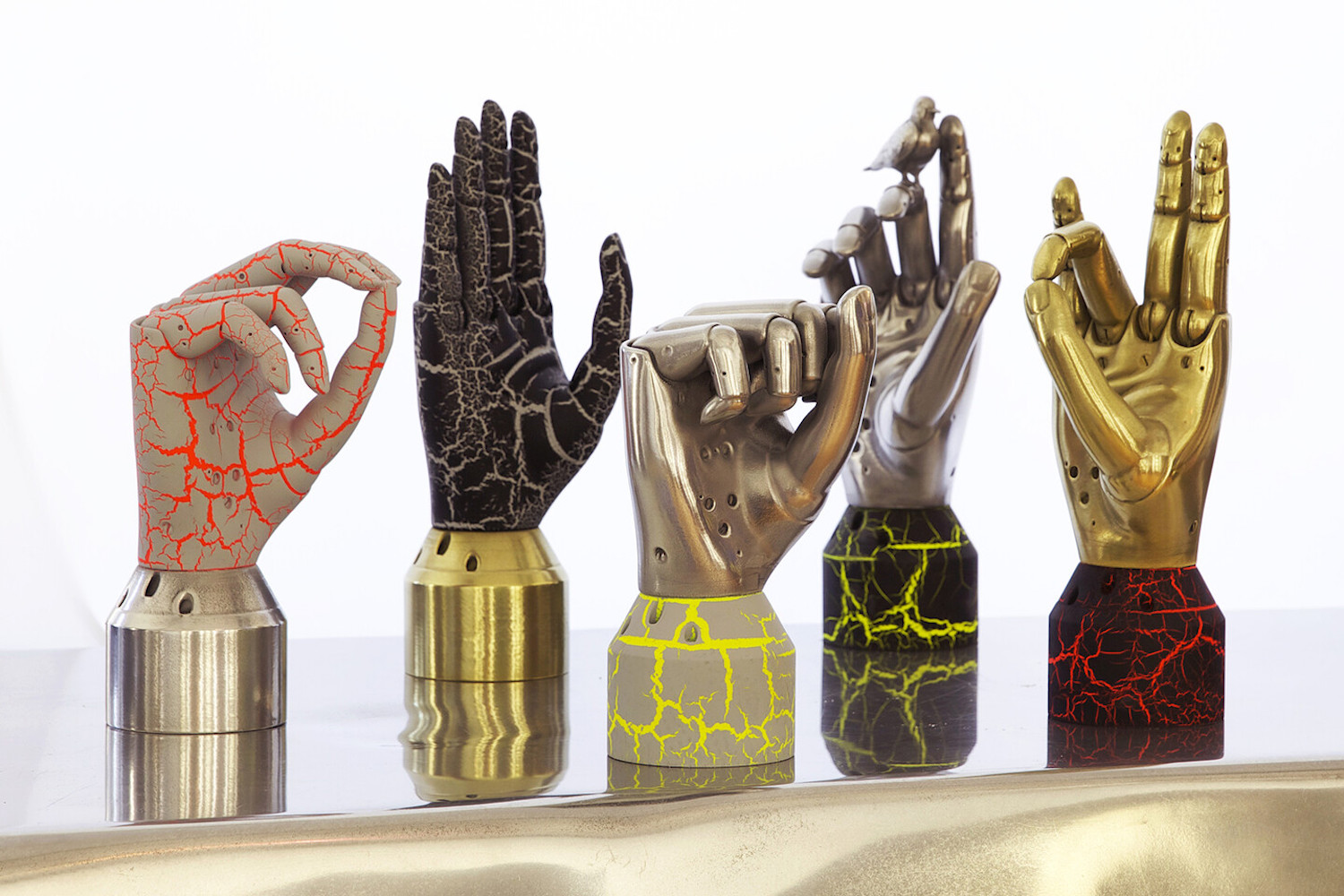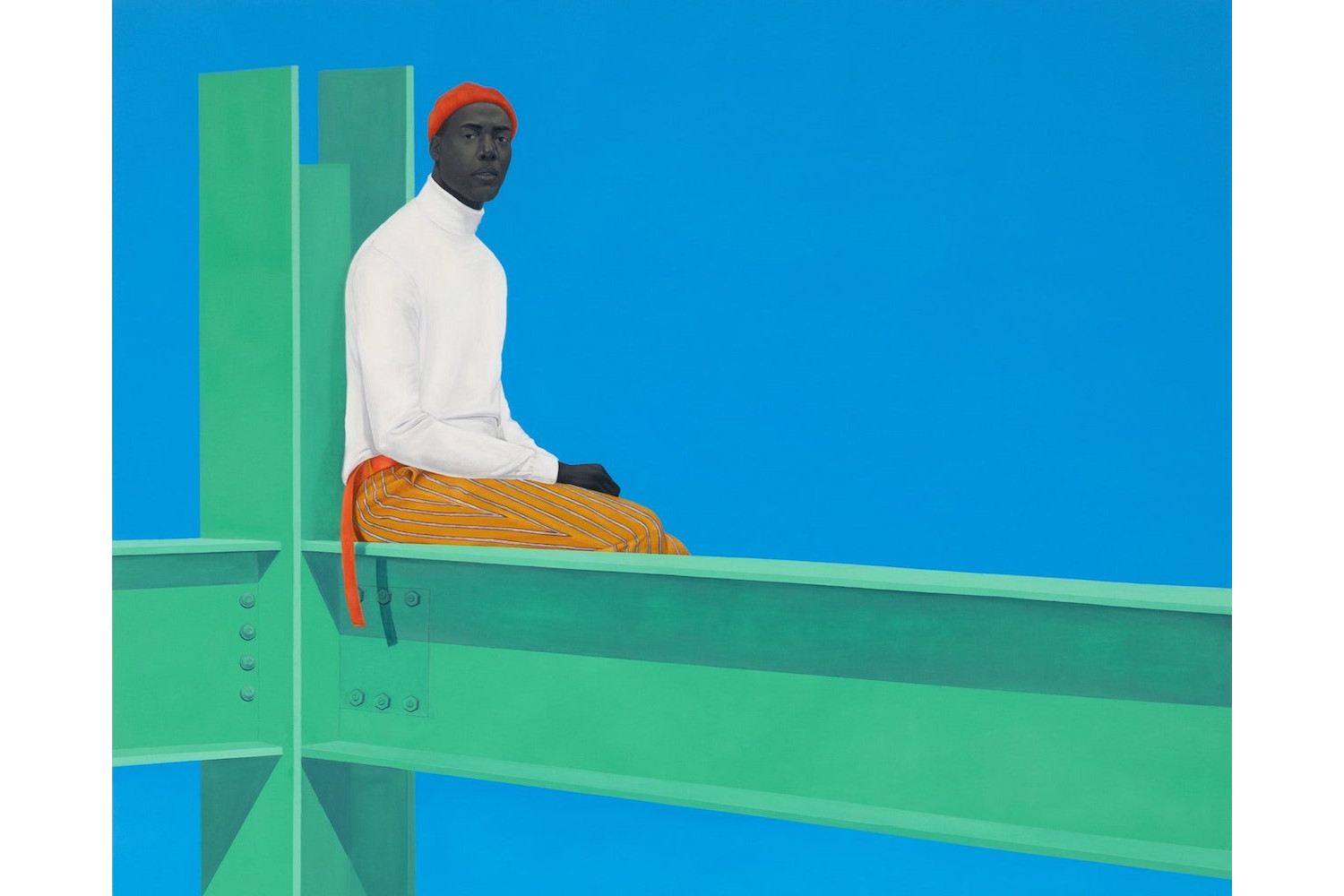“Lucy McKenzie – Prime Suspect” is the first international survey exhibition of the Brussels-based Scottish artist Lucy McKenzie (b. 1977). Bringing together approximately 80 works dating from 1997 to the present, the exhibition brings together examples from all of the artist’s significant bodies of work. From her early works exploring the pageantry and iconography of international sport and the politics of postwar muralism, through her engagement with fin-de-siècle architecture and interior design and mid-century Belgian illustration, to her ongoing research into the intertwined histories of fashion and retail display, McKenzie has established herself among the most singular artistic voices of her generation.
Over the past two decades, McKenzie has excavated and transformed images, objects, and motifs from a wide range of historical moments and contexts, producing a body of work that defies easy categorization but that is, for that very reason, all the more compelling. She has revived the old tradition of trompe l’oeil painting—whose images are so convincingly real that they literally “deceive the eye”—using it as a means to inhabit, critique, and reimagine earlier styles and periods of art and design. Despite her formidable skills as a painter, McKenzie has consistently refused to privilege one form of visual or material production over another, often highlighting vernacular and collaborative practices that have historically been marginalized or denigrated in the context of the fine arts, illuminating an alternative history of modern art in which the so-called “applied arts” emerge as key players in a narrative that diverges from the established chronologies of modernism and the avant- garde.
The title of the exhibition, “Prime Suspect”, alludes to the way that McKenzie’s exhibitions often function like detective stories, in which a fictional premise provides the structure for her own investigations, using historical material to ask important and resonant questions about contemporary society. It also points to her own elusiveness in the process—in which the artist herself has a way of disappearing into the dense web of references she weaves in her work—and the challenges this poses to the traditional model of the solo exhibition. For McKenzie, imitation operates not as a form of deception but as a means of understanding her subjects: of getting inside their heads and figuring out what makes them tick. By uncovering and rearticulating overlooked details from the past, McKenzie’s work reveals something of the social relations involved in their production, as well as what made them compelling in the first place, so that we might better understand those relations in the present.

